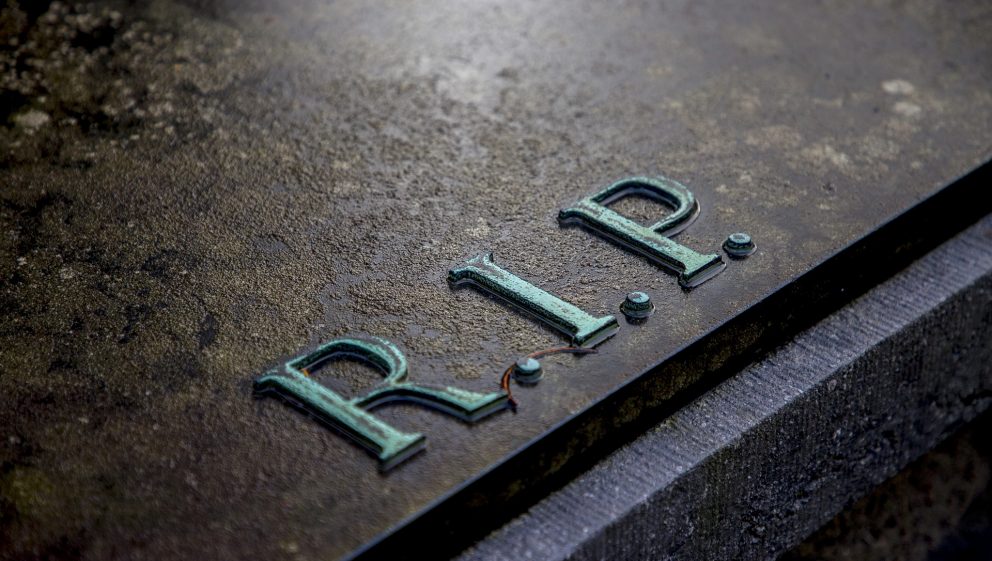Thirty-seven racecourses in Great Britain claimed the life of a least one horse, with the worst racecourse taking eight horses’ lives so far: Southwell National Hunt (jump) Racecourse saw eight victims, as did Newcastle when combining its jumping course and all-weather flat course. This was followed by Cheltenham Racecourse with seven victims.
It was not uncommon to see individual racecourses take the lives of two horses in a day’s racing, whilst on Grand National day (9 April) at Aintree, three horses were killed.
The rhetoric of racing’s regulator claims to be committed to ‘making horse racing safer’ and having an ‘excellent safety record’1 , but the reality is that the industry is failing horses on a huge scale, as borne out by the death figures.
Whilst the industry has promoted new measures to improve the sighting of fences, it has also (recently and quietly) raised the weights that horses are forced to carry in races. For example, some horses are burdened with carrying a massive 12 stone 7 pounds (approx. 80 kg) over long distances.
Says Dene Stansall, Animal Aid’s Horse Racing Consultant:
‘The British Horseracing Authority, along with all racecourses, need to have their welfare remit revoked and replaced by an independent body that puts horses’ welfare first and foremost. The consequence of racing’s callous approach, especially regarding horse deaths and the use of the whip, is that support for horse racing is diminishing, with racecourse attendances down2, and betting turnover greatly reduced3, as the public is increasingly aware of animal suffering at the hands of a ruthless industry.’
Notes for Editors
- For a full list of all horse deaths in racing since March 2007, visit https://www.horsedeathwatch.com/
1Horse welfare in British racing – The British Horseracing Authority
2Racing needs to be creative to combat falling attendances, says senior figure | Horse Racing News | Racing Post
3 Horse race betting turnover Great Britain 2020 | Statista


